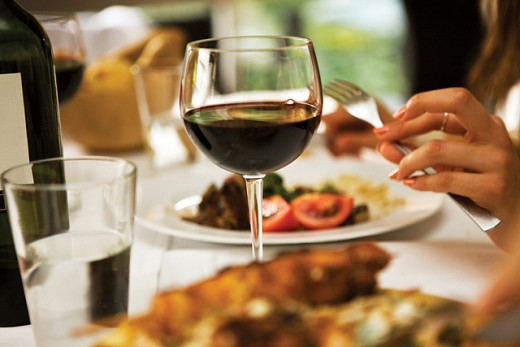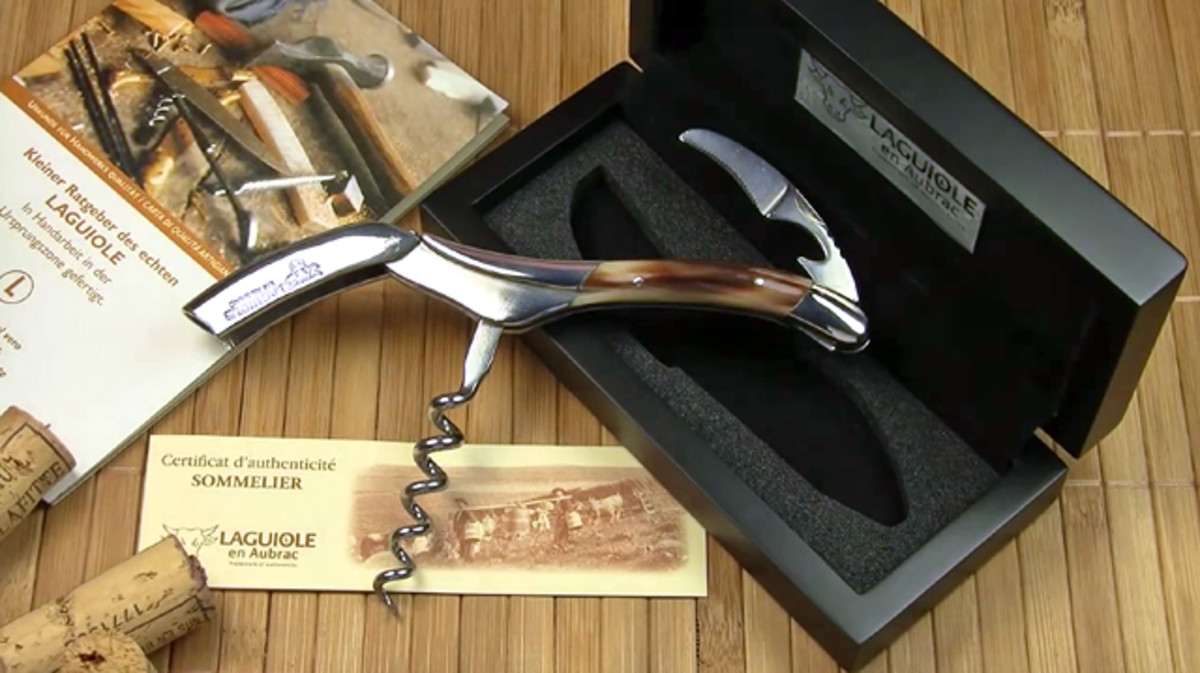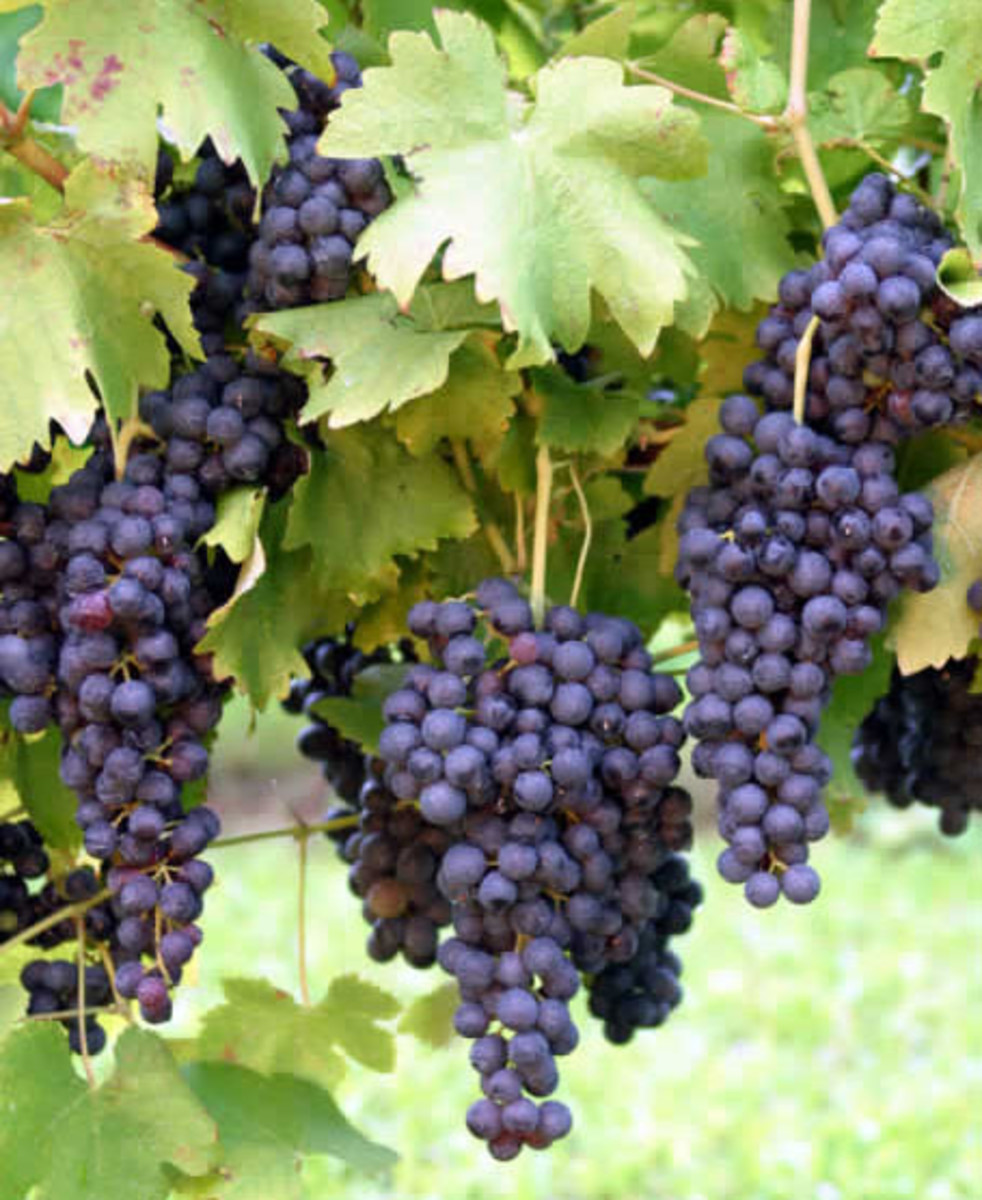Matching Food and Wine: How to do it Yourself

Matching Food to your Favorite Wine
So many people make a dish and then try to match the dish to the wine; I have decided to take another approach. I start with the wine and then try to determine a dish for that wine. This is because most of us have a favorite wine and have wondered what type of food would pair well with it? There are plenty of wine and food pairing charts on the internet, but don't you want to know how those charts were made? I prefer to taste my wine and form my own opinion as to what will pair well instead of having someone else tell me based on what it "should" be paired with. Below I have listed a series of questions that you should ask yourself while tasting your wine.

White Wine (Chilled)
| Red Wine (Room Temp.)
|
|---|---|
Light and Mild Dishes
| Heavy, Bold Dishes
|
Baked Fish with Rice
| Pepper Steak with Garlic Mash
|
What temperature do you want to serve your wine at?
You need to determine what temperature you plan to serve your wine. A good general rule to follow is that white wines should be served chilled and red wines should be served at room temperature. If you have a white wine it will pair well with light or spicy seasoned foods and if you have a red wine it will go well with hearty seasonings.

How heavy is the wine?
The next thing you should do is consider the body of the wine. Wine can be very light, light, medium, medium-full, or full. The body of the wine will help you determine how powerful or bold the dish can be. Light dishes should always be served with light wines and full-bodied wines should be served with dishes that have strong flavors. If one or the other is too powerful it will be difficult to either taste the dish or the wine depending on which it too powerful.
You should also avoid serving heavy wines with foods that are quite salty. Salty foods and heavy wine is always a bad combination. A salty dish should be paired with light bodied wine that has lower alcohol content.
Light Bodied Wines
| Light to Medium Wines
| Medium Wines
| Medium to Heavy Wines
| Heavy Wines
|
|---|---|---|---|---|
Chenin Blanc
| Pinot Noir
| Merlot
| Chardonnay
| Cabernet Sauvignon
|
Pinot Gris/Pinot Grigio
| Sauvignon Blanc
| Pinot Blanc
| Zinfandel
| Petite Syrah
|
Riesling
| Sangiovese
| Gewurztraminer
| Syrah
| Malbec
|

How sweet is the wine?
The next thing you should ask yourself is how sweet is the wine? Wines can be dry, semi-dry, semi-sweet or sweet. The level of sweetness should match the level of sweetness in the dish. If your wine is very dry it should be served with a dish that is savory rather than sweet. If your wine is very sweet you may want to serve it with a desert.
Tip: Don't confuse fruity with sweetness, they are two different things.
Dry
| Semi-dry
| Semi-sweet
| Sweet (Mostly Late Harvest)
|
|---|---|---|---|
Chardonnay
| Sauvignon Blanc
| German Riesling
| Ice-wine
|
Cabernet Variations
| Gewôrztraminer
| Ports
| |
Shiraz
|

Low Alcohol (<13.5%)
| High Alcohol (>13.5%)
|
|---|---|
Spicy Dishes
| Mild to Medium Dishes
|
Spicy Green Thai Curry
| Pasta with Alfredo
|
What is the alcohol content of the wine?
Does your favorite wine have a high level of alcohol? If so your wine should be paired with milder foods. Wines with higher alcohol content have a tendency to exacerbate the heat of the food. Wines with lower alcohol content do very well with most spicy dishes.
Common Wines with Low Alcohol Content: German Riesling, California White Zinfandel
Common Wines with High Alcohol Content: Australian Chardonnay, Argentinian Malbec

Acidic vs. Bitter Wines
This can be a difficult thing to judge and they are often times confused. Acidity and bitterness is most often times discussed with red wines since they are the wines that most often have a bitter flavor caused by the tannins. Here is a brief description of the taste sensation you should get for high acidity and high tannins (bitterness).
High Acidity/Low Tannins: It should feel light and will give your tongue a quick zing. It may remind you of drinking orange juice.
Low Acidity/High Tannins: This will make your mouth feel dry and make you want to pucker your lips. The wine will feel thick and dense in your mouth.
How acidic is the wine?
Another thing you should consider when trying to pair your wine with a dish is how acidic your wine is. A wine can have a low, medium or tart acidity. Very tart wines do an excellent job of cleansing the mouth, so they do well with dishes that have flavors that have a tendency to linger in the mouth like onions and garlic. Wines that are tart also go well with dishes that are equally tart.
Tip: High Acidic wines are generally bright red and low acidic red wines are generally a dull or flat red color that is nearly purple.
How bitter (tannins) is the wine?
If you love wines that are somewhat bitter you will be happy to know that they go well with earthy dishes. The tannins in wine will make some wines more bitter than others. Most often red wines will have more tannins than white wines and that is why red wines are often times paired with rustic dishes. Earthy dishes are also referred to as rustic and generally consist of a hearty cut of meat, potatoes and a rustic vegetable like carrots. If your wine is not bitter at all and is actually on the sweeter side than you should avoid rustic dishes at all costs.
Not Bitter Wines
| Bitter Wines
|
|---|---|
More Modern and Light Dishes
| Rustic or Hearty Dishes
|
Scallops with Butter Sauce
| Roast Beef w/ Carrots and Potatoes
|

No or Little Oak Influence
| Oak Influence
|
|---|---|
Don't Grill Food
| Grill Food
|
Fried Chicken w/ Dirty Rice
| Grilled Chicken w/ Roasted Peppers
|
Does the wine have a strong oak influence?
Many wines will have an oak flavor in them due to it being stored in oak barrels. People seem to either love or hate wines that have an oak influence. If your favorite wine has a strong oak flavor it will pair well with grilled foods. Grilled foods pair very well with oaky type wines. If you are not sure if your wine has an oak influence the oak flavor is most often times perceived as a vanilla, spicy, buttery or caramel flavor. If you wine is highly acidic and was stored in oak barrels, you may find harsh notes like cleanser or menthol flavors were extracted. In general those are unfavorable flavors.

Difficult Foods to Match
- Asparagus and Artichokes - Try to serve with a rich sauce like a butter sauce and pair with light to medium bodied wine that is quite dry.
- Spinach - Is often times served with steak, but most wines that do well with steak don't do well with spinach. To make your spinach compliment the red wine as well try to make creamed spinach or toss it in a garlic and butter sauce.
- Garlic - Pair garlic with a semi-dry white wine. Garlic is best with wine when it is sautéed or roasted. If you have a white wine with a slight mineral flavor it will be a perfect fit.
- Tamarind - The flavor of tamarind naturally doesn't go well with most wines. The best fit is to pair it with a nice Rose.
- Eggs - Try to find a tart, medium bodied, white wine. Perhaps a Riesling from Germany.
- Ink - Never pair with a red wine. Try to match with a light, dry, white wine.
- Spicy Dishes - Avoid wines with a high alcohol content.
- Salty Dishes - Never pair with a full-bodied wine and try to find something with a lower alcohol content.
How complex is the flavor of your wine?
Some wines are simple in taste and others seem to confuse your mouth with complex flavors. In this case a complex wine should always go with a simple dish and a simple wine should always go with a complex dish. If you pair a complex tasting wine with a complex dish the flavors will get muddled together and you will lose the impact of one or the other.
Does the wine have a major flavor?
In general every wine will have a primary flavor or aroma that stands out from the rest of the flavors and aromas. It is a good idea to try to find a dish that has a very similar primary flavor or aroma. Below are a few examples of primary flavors and aromas:
- Fruity - Citrus, Dried Fruits, Fresh Fruit
- Spicy - Savory Spice, Sweet Spices, Green Herbs
- Floral - Violets, Roses, Lilacs
- Peppery - Black Pepper, White Pepper, Green Pepper
- Smoky - Smoked Meat, Embers from the Grill
- Other - Grainy, Leather, Mineral



